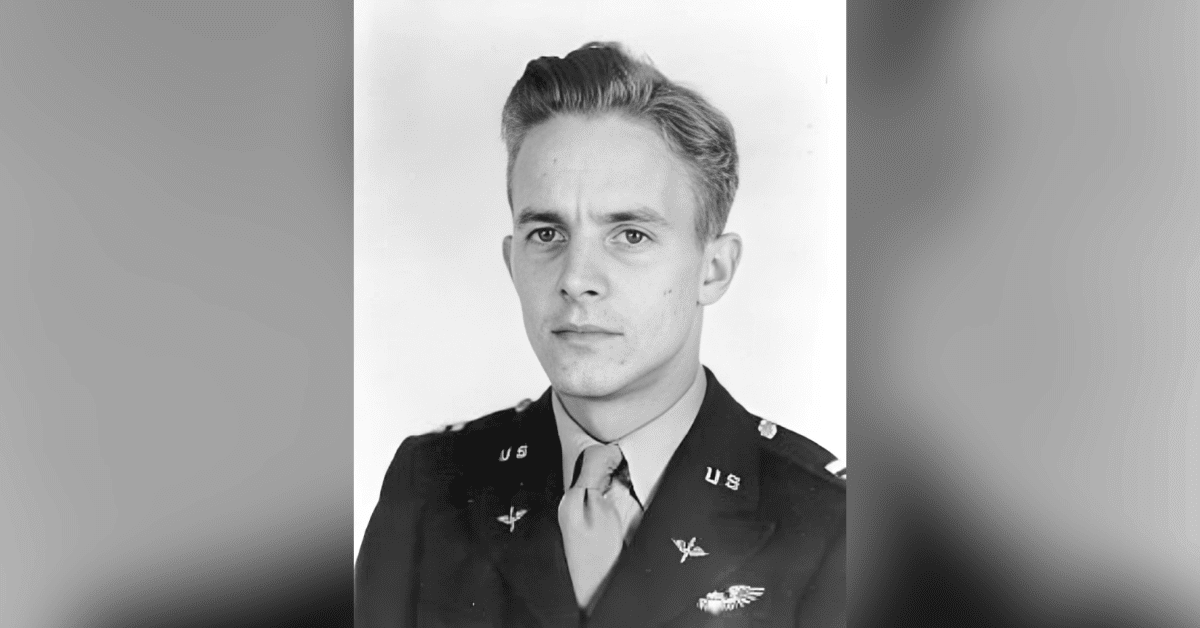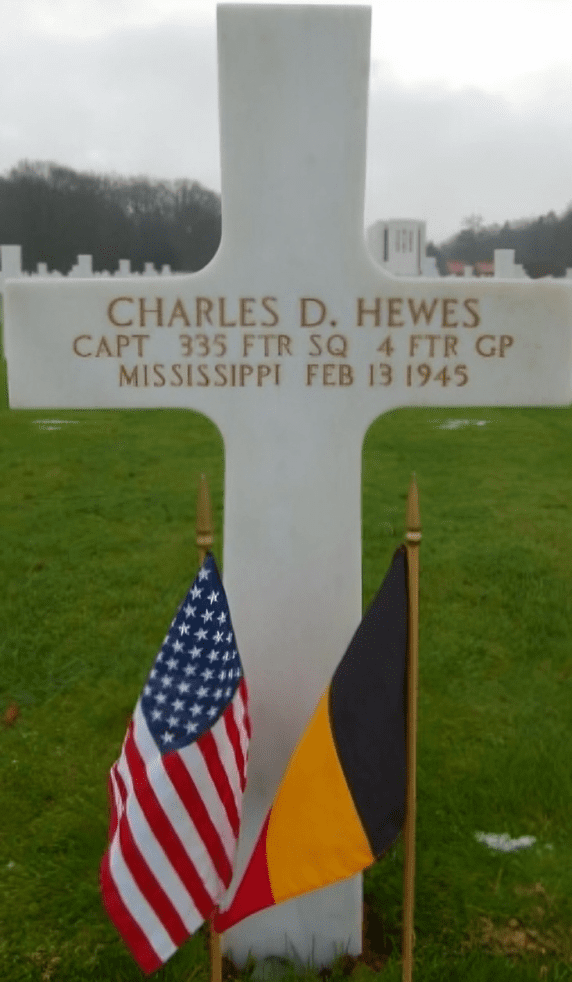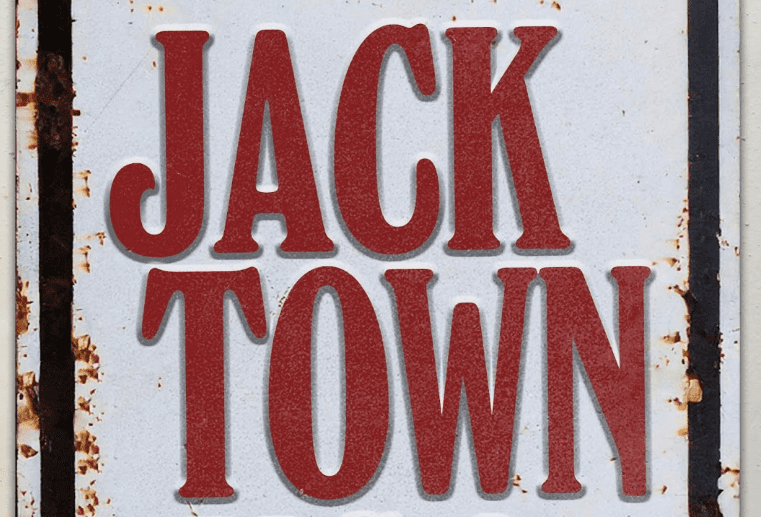
A picture of Captain Charles Dunbar Hewes (Courtesy of Jaap Vermeer)
- Among the brave men who left Mississippi but never came home in WWII was Captain Charles Dunbar Hewes.
World War II plunged the world into chaos and devastation, calling countless young men from across Mississippi to leave behind their homes, families, and dreams to rescue a world in peril. From the cotton fields of the Delta to the pine-covered hills of Tupelo, they stepped into the unknown, driven by a shared belief that liberty was worth every sacrifice.
Among the brave men who left Mississippi but never came home was Captain Charles Dunbar Hewes.
Born on March 10, 1921, in Biloxi, Charles grew up in a close-knit community where he learned the values of loyalty, hard work, and integrity. After graduating from Biloxi High School in 1939, he worked at the local F.W. Woolworth store, where everyone admired his kindness and professionalism.
Motivated by a strong desire to serve his country, Charles enlisted in the Army Air Corps in October 1939. Even though he did not have the required two years minimum of college, his determination earned him the opportunity to take the flying cadet exam. Charles graduated from flight training in March 1942, completed advanced training, and quickly rose through the ranks. Stationed in Florida, he flew the P-39 Airacobra, preparing for the battles ahead.
In a world engulfed by war, where the forces of tyranny swept across nations like a relentless tsunami, Charles was sent to the Pacific Theater. As part of the 13th Bomber Command, he demonstrated remarkable courage. Charles played a key role in the Battle of the Bismarck Sea, where Allied air forces launched relentless attacks on the Japanese fleet.
During one mission, his bomber dropped a 500-pound bomb that sank a 350-ton freighter in Muschu Harbor. He was also credited with shooting down a Japanese fighter aircraft during the bombing raids on New Britain.
After 17 grueling months, Charles had completed 65 combat missions, proving himself a skilled and exceptional pilot.
In April 1944, he was sent home and assigned to serve as an instructor pilot in South Carolina. Unlike many men who would have welcomed the comfort of being back in the States, grateful to have survived the campaign in the Pacific, Charles felt that the fight for freedom was far from over.
Driven by an extraordinary sense of purpose, he made the incredible decision to volunteer once again and return to active combat duties. In August 1944, he was sent to the European Theater, where he joined the 335th Fighter Squadron, 4th Fighter Group. Mission after mission, he confronted German forces, determined to end this never-ending war.
The Battle of the Bulge marked one of the most desperate and violent chapters of the war—a final gamble by Hitler to break the Allied lines through the dense forests of the Ardennes. As the German offensive raged below, the skies above became a deadly battleground. Adolf Hitler had promised his commanders overwhelming air support, and for days, Allied pilots like Charles flew through treacherous weather and relentless enemy fire to halt the advance.
It was in this brutal phase, on December 18, 1944, that Charles flew what would be his final mission. During a perilous operation over the Kassel–Frankfurt area, his squadron encountered heavy cloud cover and faced fierce Luftwaffe resistance. In the chaos, Charles’s aircraft was seen spiraling out of formation and disappearing into the clouds. It was later confirmed that he had crashed near Tinholt, Germany, suffering a severe spinal injury. Captured by enemy forces, he was taken to a hospital in Lingen, where doctors reported a compression fracture of his vertebral column, along with complications including bladder paralysis.
In March 1945, Charles’ family received the heartbreaking news that he had died on February 13, 1945, in a German prison camp. He was only 23 years old. Today, Charles rests at the Ardennes American Cemetery in Belgium, alongside countless other heroes who answered history’s harshest call in humanity’s darkest hours.

It is our solemn duty to remember Captain Charles Dunbar Hewes and to commemorate the legacy he left behind. His journey reflects the courage, dedication, and quiet selflessness of so many young men from Mississippi who answered the call to serve—not for glory or recognition, but for a cause greater than themselves. Each had their own story—a life, a family, a future—and every single one of them deserves to be honored.








